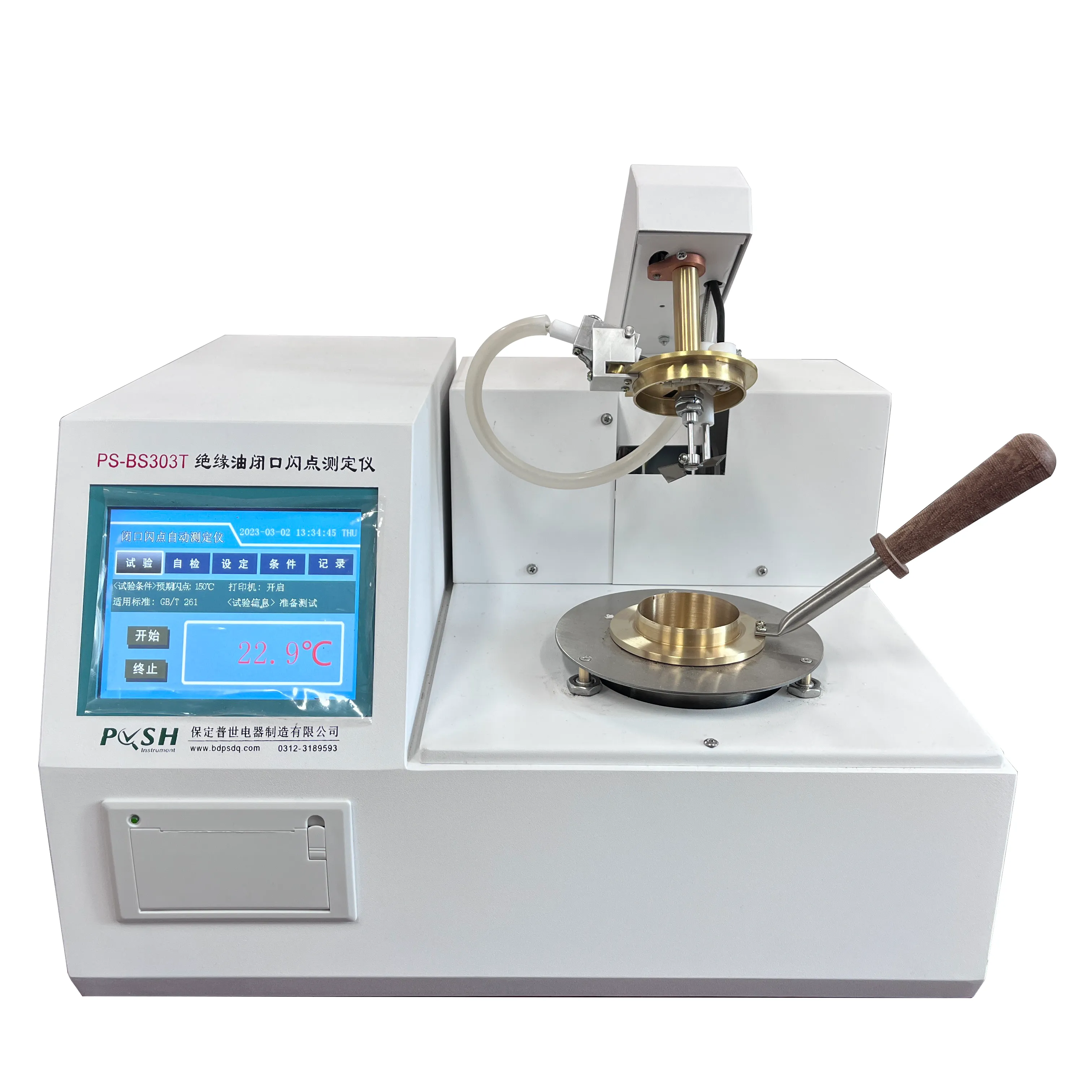 English
English



-
 Afrikaans
Afrikaans -
 Albanian
Albanian -
 Amharic
Amharic -
 Arabic
Arabic -
 Armenian
Armenian -
 Azerbaijani
Azerbaijani -
 Basque
Basque -
 Belarusian
Belarusian -
 Bengali
Bengali -
 Bosnian
Bosnian -
 Bulgarian
Bulgarian -
 Catalan
Catalan -
 Cebuano
Cebuano -
 China
China -
 China (Taiwan)
China (Taiwan) -
 Corsican
Corsican -
 Croatian
Croatian -
 Czech
Czech -
 Danish
Danish -
 Dutch
Dutch -
 English
English -
 Esperanto
Esperanto -
 Estonian
Estonian -
 Finnish
Finnish -
 French
French -
 Frisian
Frisian -
 Galician
Galician -
 Georgian
Georgian -
 German
German -
 Greek
Greek -
 Gujarati
Gujarati -
 Haitian Creole
Haitian Creole -
 hausa
hausa -
 hawaiian
hawaiian -
 Hebrew
Hebrew -
 Hindi
Hindi -
 Miao
Miao -
 Hungarian
Hungarian -
 Icelandic
Icelandic -
 igbo
igbo -
 Indonesian
Indonesian -
 irish
irish -
 Italian
Italian -
 Japanese
Japanese -
 Javanese
Javanese -
 Kannada
Kannada -
 kazakh
kazakh -
 Khmer
Khmer -
 Rwandese
Rwandese -
 Korean
Korean -
 Kurdish
Kurdish -
 Kyrgyz
Kyrgyz -
 Lao
Lao -
 Latin
Latin -
 Latvian
Latvian -
 Lithuanian
Lithuanian -
 Luxembourgish
Luxembourgish -
 Macedonian
Macedonian -
 Malgashi
Malgashi -
 Malay
Malay -
 Malayalam
Malayalam -
 Maltese
Maltese -
 Maori
Maori -
 Marathi
Marathi -
 Mongolian
Mongolian -
 Myanmar
Myanmar -
 Nepali
Nepali -
 Norwegian
Norwegian -
 Norwegian
Norwegian -
 Occitan
Occitan -
 Pashto
Pashto -
 Persian
Persian -
 Polish
Polish -
 Portuguese
Portuguese -
 Punjabi
Punjabi -
 Romanian
Romanian -
 Russian
Russian -
 Samoan
Samoan -
 Scottish Gaelic
Scottish Gaelic -
 Serbian
Serbian -
 Sesotho
Sesotho -
 Shona
Shona -
 Sindhi
Sindhi -
 Sinhala
Sinhala -
 Slovak
Slovak -
 Slovenian
Slovenian -
 Somali
Somali -
 Spanish
Spanish -
 Sundanese
Sundanese -
 Swahili
Swahili -
 Swedish
Swedish -
 Tagalog
Tagalog -
 Tajik
Tajik -
 Tamil
Tamil -
 Tatar
Tatar -
 Telugu
Telugu -
 Thai
Thai -
 Turkish
Turkish -
 Turkmen
Turkmen -
 Ukrainian
Ukrainian -
 Urdu
Urdu -
 Uighur
Uighur -
 Uzbek
Uzbek -
 Vietnamese
Vietnamese -
 Welsh
Welsh -
 Bantu
Bantu -
 Yiddish
Yiddish -
 Yoruba
Yoruba -
 Zulu
Zulu
Testing Procedures and Methods for Three-Phase Transformer Efficiency and Performance Evaluation
Testing of Three-Phase Transformers
Three-phase transformers play a crucial role in power distribution systems, enabling the efficient transmission of electrical energy across vast distances. Due to their significance, rigorous testing is imperative to ensure their reliability, performance, and safety. This article delves into the various testing methodologies employed for three-phase transformers, highlighting the importance of each test and its implications for operational integrity.
Understanding Three-Phase Transformers
Before diving into testing methodologies, it is essential to understand the function of three-phase transformers. These devices consist of three sets of windings, which can either be connected in a wye (Y) or delta (Δ) configuration. They are primarily used to step up or step down voltage levels in three-phase power systems, ensuring that electricity can be transmitted at high voltages to minimize losses.
Why Testing is Essential
Regular testing of three-phase transformers is critical for several reasons. First, it helps identify any manufacturing defects or material failures that could lead to faults during operation. Second, it ensures compliance with industry standards and regulations. Third, it can significantly enhance the longevity of the transformer by identifying potential issues before they escalate into severe problems.
Key Testing Methods
1. Insulation Resistance Testing This test evaluates the insulation quality of the transformer windings and other components. A megohmmeter is typically used to apply high voltage to the windings and measure the resistance. Higher resistance values indicate better insulation quality, which is essential for preventing electrical breakdown during operation.
testing of three phase transformer

2. Transformer Turns Ratio (TTR) Testing TTR testing is conducted to verify the turns ratio between the primary and secondary windings. This ensures that the transformer is constructed according to specified design parameters. A discrepancy in the turns ratio could lead to voltage imbalance or inadequate performance. This test is usually performed using a dedicated TTR tester.
3. Power Factor Testing This test assesses the power factor of the insulation system of the transformer. A low power factor can indicate moisture ingress or other insulation degradation, which could compromise the transformer's performance. Regular power factor testing can help in planning maintenance and preventing catastrophic failures.
4. Short-Circuit and Open-Circuit Tests These tests are designed to evaluate the performance of the transformer under different loading conditions. The open-circuit test measures the no-load losses and core losses, while the short-circuit test assesses copper losses and temperature rise under maximum load conditions. These tests provide insights into efficiency and operational stability.
5. Dynamic Testing This involves assessing the performance of a transformer under transient conditions. Dynamic tests can simulate fault conditions or sudden load changes to evaluate how well the transformer can respond to these scenarios. Results from dynamic testing are crucial for understanding the transformer's behavior in real-world applications.
Final Thoughts
The testing of three-phase transformers is not only essential for ensuring their operational efficiency and reliability but also plays a vital role in safeguarding the entire power distribution network. By employing a variety of testing methodologies, engineers can identify potential issues and implement corrective measures preemptively, reducing the risk of outages and failures.
In conclusion, comprehensive testing of three-phase transformers enhances system stability and longevity. As power demands continue to rise, investing in robust testing protocols is an essential strategy. For utilities and industries, a well-maintained transformer fleet translates to improved service delivery, lower operational costs, and enhanced safety for personnel and equipment alike. Regular testing should become a standard practice in the management of electrical power systems, ensuring a reliable and efficient power supply for all users.
-
Testing Equipment Industry Sees Major Advancements in 2025: Smart & Precision Technologies Lead the WayNewsJun.06,2025
-
Applications of Direct Current Generators in Renewable Energy SystemsNewsJun.05,2025
-
Hipot Tester Calibration and Accuracy GuidelinesNewsJun.05,2025
-
Digital Circuit Breaker Analyzer Features and BenefitsNewsJun.05,2025
-
Benefits of Real-Time Power Quality Monitoring Devices for Industrial EfficiencyNewsJun.05,2025
-
Earth Fault Loop Testing in High-Rise Building Electrical SystemsNewsJun.05,2025



